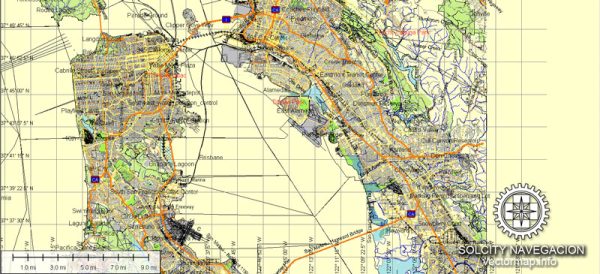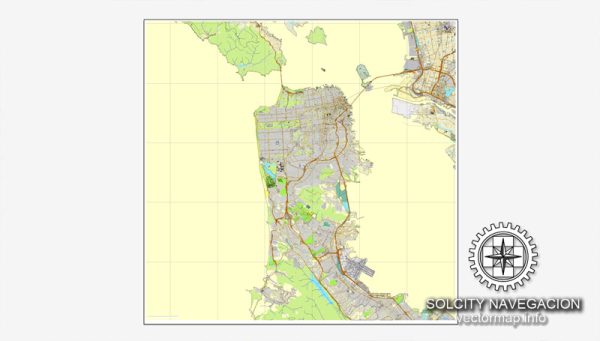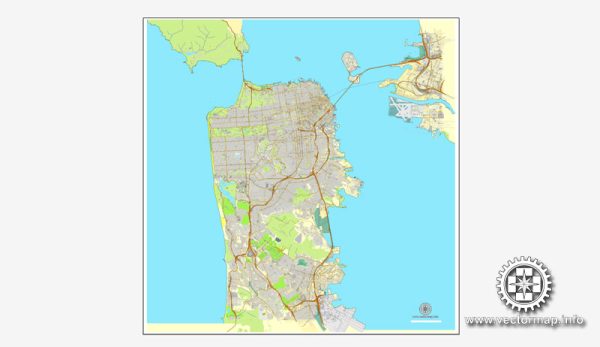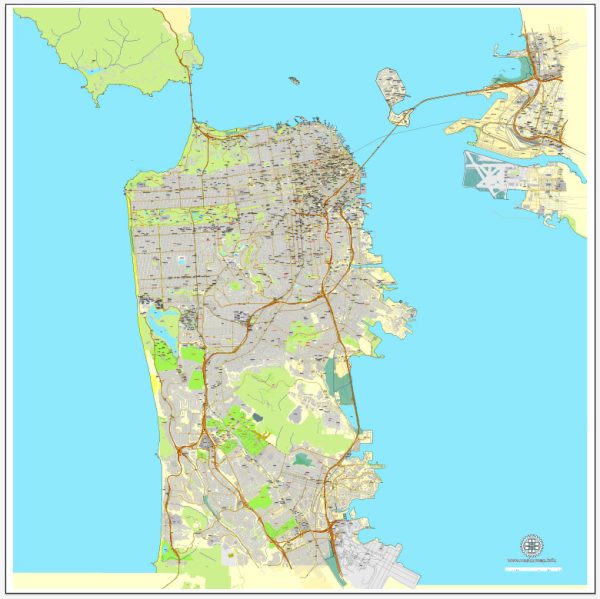The history of urban development in San Francisco, California, is a dynamic and fascinating narrative that spans from its early days as a Spanish mission to its current status as a global hub of technology and culture. Here’s a brief overview:
- Early Settlement and Mission Period (1776-1830s): San Francisco’s history begins with the arrival of Spanish settlers in the late 18th century. In 1776, the Spanish established the Presidio of San Francisco and the Mission San Francisco de Asís (commonly known as Mission Dolores). During this period, the focus was on the establishment of religious missions and military outposts.
- Mexican Era (1830s-1846): After Mexico gained independence from Spain, California became a Mexican territory. In the 1830s, the Mexican land grant system distributed large tracts of land, including the Rancho Yerba Buena, which covered a significant part of present-day San Francisco.
- Gold Rush and Rapid Growth (1848-1850s): The discovery of gold in 1848 at Sutter’s Mill, northeast of San Francisco, triggered the California Gold Rush. San Francisco, due to its strategic location and natural harbor, quickly transformed into a major port and the main entry point for people seeking their fortunes in the gold fields.
- Post-Gold Rush Development (1860s-1900): The city continued to grow after the Gold Rush, and its population increased dramatically. The completion of the First Transcontinental Railroad in 1869 further fueled economic development. During this period, neighborhoods like Chinatown and the Barbary Coast emerged, contributing to the city’s cultural diversity.
- Earthquakes and Reconstruction (1900-1930s): The devastating 1906 earthquake and subsequent fires destroyed much of San Francisco. The city underwent a massive reconstruction effort, including the construction of new buildings and infrastructure, such as the iconic Golden Gate Park and the Civic Center.
- World War II and Post-War Boom (1940s-1950s): San Francisco played a significant role in naval operations during World War II, and the post-war period brought economic prosperity and population growth. The city became a cultural hub during the Beat Generation and the counterculture movement of the 1950s and 1960s.
- Urban Renewal and Modernization (1960s-1980s): The 1960s saw significant urban renewal efforts, including the construction of the Embarcadero Freeway and the Transamerica Pyramid. The removal of the Embarcadero Freeway after the 1989 Loma Prieta earthquake led to a revitalization of the waterfront area.
- Technology and Contemporary Development (1990s-Present): San Francisco has become a global technology and innovation hub, with the rise of Silicon Valley and the tech boom in the 1990s and 2000s. This period has seen the development of modern skyscrapers, such as the Salesforce Tower, and ongoing debates about housing affordability and gentrification.
Throughout its history, San Francisco has experienced cycles of growth, challenge, and transformation, shaping its unique character and contributing to its status as one of the most vibrant and diverse cities in the United States.





 Author: Kirill Shrayber, Ph.D.
Author: Kirill Shrayber, Ph.D.